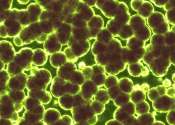Sucrose supplementation improves the quality of alfalfa silage for dairy cow feed
Alfalfa silage is one of the main roughages in the production of dairy cow. It can provide nutrition with high-quality to improve milk quality and production. Sucrose additions have been widely used to improve the silage ...









